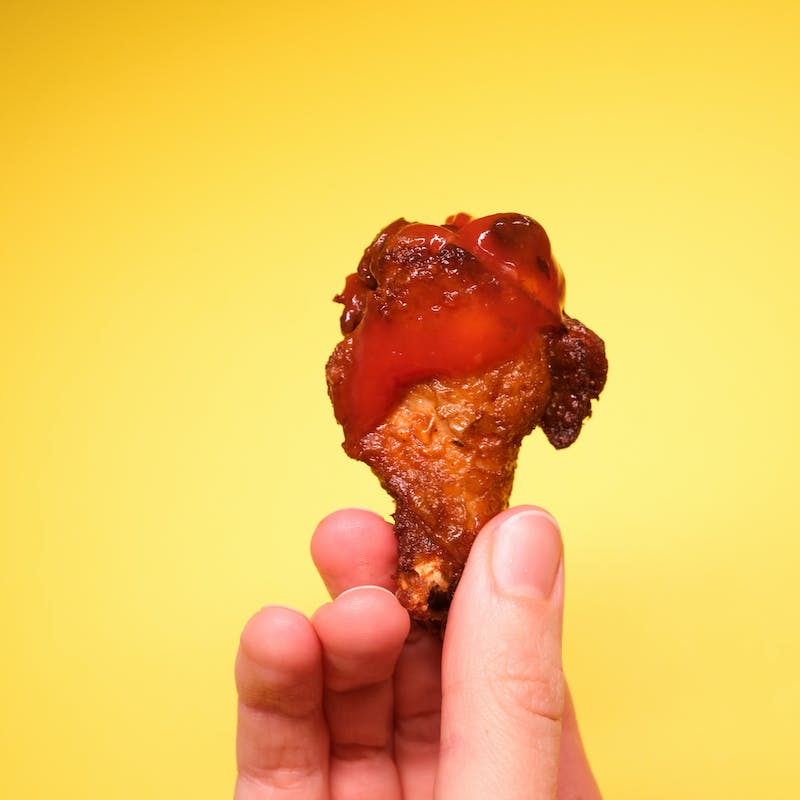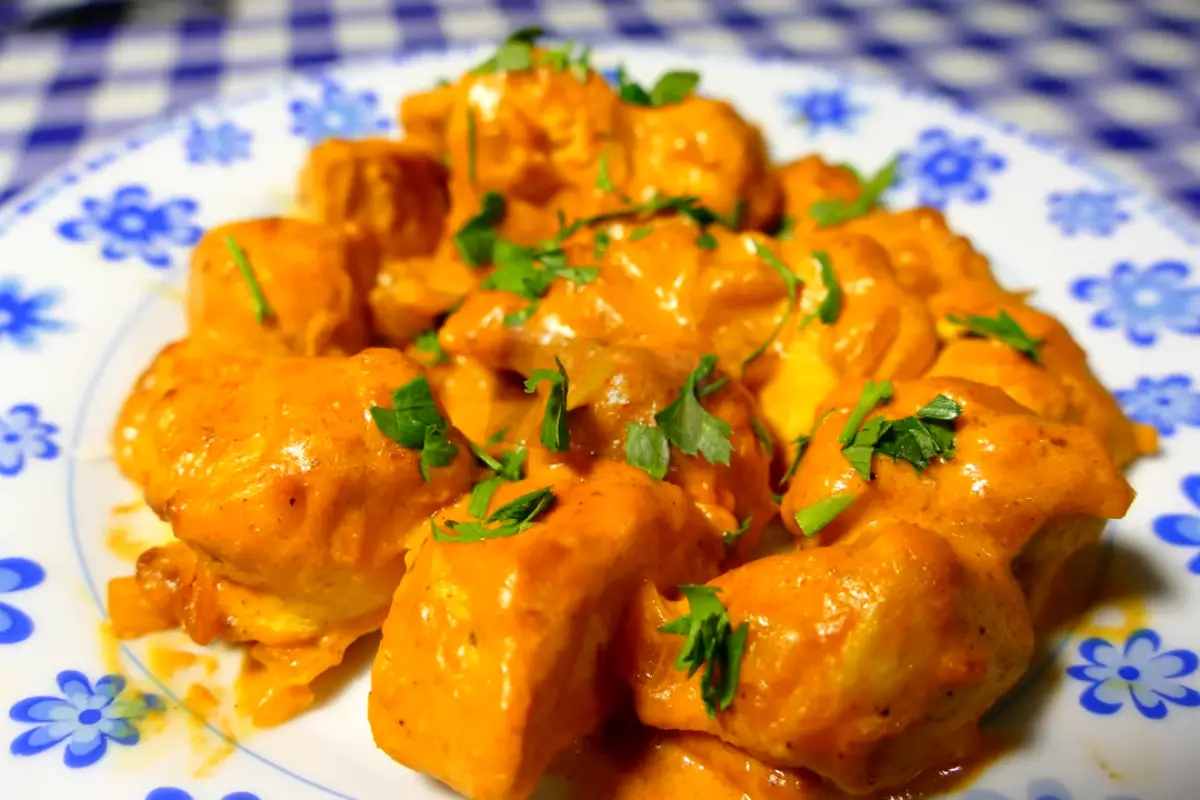Curry is one of the most popular and diverse dishes in the world. It can be found in various cuisines, such as Indian, Thai, Japanese, and Caribbean. But what makes a good curry? How can you achieve the perfect balance of flavors, textures, and aromas? I will share with you some of the secrets to making a good curry, from the key components to the cooking techniques.
Key Components of a Good Curry
Spices
Spices are the soul of a curry. They provide the distinctive flavor, color, and aroma that make a curry stand out. The core spices that are used in most curries are cumin, coriander, chili, turmeric, and garam masala. These spices are often roasted and ground together to form a curry powder, or mixed with water or oil to form a curry paste.
Depending on the region and the type of curry, there are many other spices that can be added to enhance the taste and complexity of a curry. For example, some of the additional spices that are commonly used in Indian curries are cardamom, cinnamon, cloves, fenugreek, mustard seeds, and bay leaves.
Onion, Ginger, and Garlic
Onion, ginger, and garlic form the base of most curries. They add sweetness, spiciness, and pungency to the dish, as well as texture and body. The trick is to cook them slowly and patiently over low to medium heat, stirring occasionally, until they are soft and golden. This process, known as caramelization, brings out the natural sugars and flavors of the onion, ginger, and garlic, and creates a rich and savory foundation for the curry.
Sauce
Sauce is the liquid component of a curry that binds everything together and creates a smooth and creamy consistency. The sauce can be made of different ingredients, depending on the type and style of the curry. Some of the common ingredients that are used as natural thickening agents for the sauce are tomato puree, coconut milk, or yogurt. These ingredients not only add thickness and richness to the sauce, but also balance the spiciness and acidity of the curry.
The sauce thickness can be adjusted according to your personal preference and the type of dish you are serving. For example, if you are serving the curry with rice, you might want a thinner sauce that can coat the rice well and soak into it. If you are serving the curry with bread, you might want a thicker sauce that can be scooped up easily and not drip off the bread. To adjust the sauce thickness, you can either add more or less liquid, or simmer the sauce for longer or shorter time.
Building a Flavor Foundation
Step 1: Curry Powder
The first step is to create a curry powder or paste using fresh spices. You can either buy ready-made curry powder or paste from the store, or make your own from scratch. Making your own curry powder or paste allows you to customize the flavor and intensity of your curry, as well as ensure the freshness and quality of the spices.
To make your own curry powder, you will need to roast the whole spices in a dry skillet over low to medium heat, stirring constantly, until they are fragrant and slightly darker in color. This process, known as toasting, releases the essential oils and aromas of the spices, and enhances their flavor and potency. Then, you will need to grind the roasted spices in a spice grinder or a mortar and pestle until they form a fine powder. You can store the curry powder in an airtight container for up to six months.
To produce your own curry paste, you will need to blend the spices with water or oil in a blender or a food processor until they form a smooth paste. You can also add other ingredients, such as garlic, ginger, onion, cilantro, or lemon juice, to the curry paste for extra flavor and freshness. You can store the curry paste in an airtight container in the refrigerator for up to two weeks, or in the freezer for up to six months.
Step 2: Decide on the Base Ingredient
The next step is to decide on the base ingredient for your curry, such as meat, vegetables, fish, or seafood. The base ingredient will determine the cooking time and method of your curry, as well as the flavor and texture of the final dish. You can choose any base ingredient that you like, as long as it is suitable for the type and style of the curry you are making.
For example, if you are making a chicken curry, you can use boneless or bone-in chicken pieces, such as thighs, breasts, legs, or wings. If you are making a vegetable curry, you can use any vegetables that you like, such as potatoes, carrots, cauliflower, peas, spinach, or eggplant. If you are making a fish or seafood curry, you can use any fish or seafood that you like, such as salmon, cod, shrimp, scallops, or mussels.
The base ingredient should be cut into bite-sized pieces and seasoned with salt and pepper before adding to the curry. You can also marinate the base ingredient with some of the curry paste or powder for extra flavor and tenderness, if you have time.
Step 3: Develop the Sauce
To develop the sauce, you will need to heat some oil or ghee in a large skillet or pot over medium-high heat, and fry some of the curry paste or powder for a few minutes, stirring constantly, until it is fragrant and slightly darker in color. This process, known as blooming, activates the flavor and color of the spices, and creates a thick and concentrated base for the sauce.
Then, you will need to add the base ingredient to the skillet or pot, and toss it well with the spice mixture, coating it evenly. You can also brown the base ingredient slightly on all sides, if you like, for extra flavor and texture. Then, you will need to add the liquid ingredient for the sauce, such as yogurt, cream, tomato puree, or pureed peppers/chillies, and bring the mixture to a boil. You can also add some water or broth, if needed, to adjust the sauce thickness and flavor.
Once the mixture is boiling, you will need to lower the heat and simmer the curry, covered or uncovered, until the base ingredient is cooked through and tender, and the sauce is thick and flavorful. You can also add some salt, sugar, lemon juice, or other seasonings, if needed, to balance the taste of the sauce. You can also garnish the curry with some fresh herbs, such as cilantro, mint, or basil, for extra freshness and color.
Related Topic: Chicken Curry Recipe

Cooking Techniques
Don’t Scrimp on Oil or Ghee
Oil or ghee is essential for frying the spices and the base ingredient, as well as creating a rich and smooth sauce. Oil or ghee also helps to prevent the spices from burning or sticking to the pan, and enhances their flavor and aroma. Therefore, don’t be afraid to use enough oil or ghee for your curry, as it will make a big difference in the quality and taste of the dish.
Slow-Cooking Makes a Difference in Flavor Development
Slow-cooking is a method of cooking food over low to medium heat for a long period of time, allowing the flavors to develop and deepen, and the ingredients to become tender and juicy. He is especially suitable for making curries, as it allows the spices to infuse the base ingredient and the sauce, and create a complex and harmonious flavor profile. He also helps to reduce the sauce and thicken it naturally, without the need for any artificial thickeners or starches.
Variations and Tips
Curry is a versatile and adaptable dish that can be customized to your liking and creativity. Here are some variations and tips that you can try to make your curry more interesting and delicious.
Explore Different Regional Curry Styles
Curry is not a single dish, but a category of dishes that vary widely across regions and cultures. Each region has its own signature curry style, with different spices, ingredients, and cooking methods. For example, some of the popular regional curry styles are:
- Korma: A mild and creamy curry that is made with yogurt, cream, nuts, and raisins. It is often flavored with cardamom, cinnamon, and saffron, and can be made with chicken, lamb, or vegetables.
- Butter Chicken: A rich and buttery curry that is made with chicken that is marinated in yogurt and spices, and cooked in a tomato-based sauce with butter, cream, and fenugreek. It is one of the most popular Indian dishes in the world.
- Madras: A hot and spicy curry that is made with chili, mustard seeds, curry leaves, and tamarind. It is usually made with beef, lamb, or chicken, and has a dark red color.
FAQs
How do you make curry more flavorful?
-
- There are many ways to make curry more flavorful, such as:
- Use fresh and high-quality spices, and toast and grind them yourself for optimal flavor and potency
- Use oil or ghee to fry the spices and the base ingredient, as they help to prevent the spices from burning or sticking to the pan, and enhance their flavor and aroma
- Use onion, ginger, and garlic as the base of your curry, and cook them slowly and patiently until they are soft and golden, to bring out their natural sugars and flavors
- Use natural thickening agents for the sauce, such as tomato puree, coconut milk, or yogurt, as they add thickness and richness to the sauce, and balance the spiciness and acidity of the curry
- Use fresh herbs, such as cilantro, mint, or basil, to garnish your curry, as they add freshness and color to the dish
- There are many ways to make curry more flavorful, such as:
How do you thicken curry sauce?
-
- There are several ways to thicken curry sauce, such as:
- Use natural thickening agents, such as tomato puree, coconut milk, or yogurt, and add them gradually and simmer the sauce until the desired consistency is achieved
- Simmer the sauce for longer, or uncover the pot, to allow some of the liquid to evaporate and reduce the sauce
- Mash some of the base ingredient, such as potatoes, carrots, or cauliflower, to thicken the sauce
- Blend some of the sauce in a blender or a food processor to make it smoother and lighter
- Add some cornstarch, flour, or arrowroot dissolved in water to the sauce, and stir well to avoid lumps
- There are several ways to thicken curry sauce, such as:



1 thought on “What is the Secret to a Good Curry?”
Comments are closed.